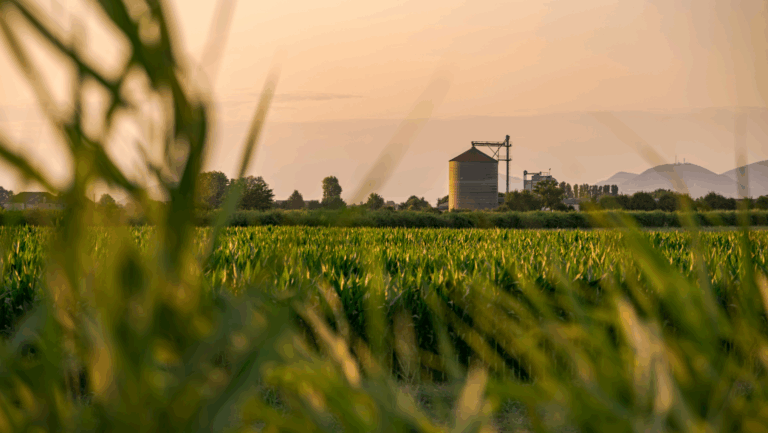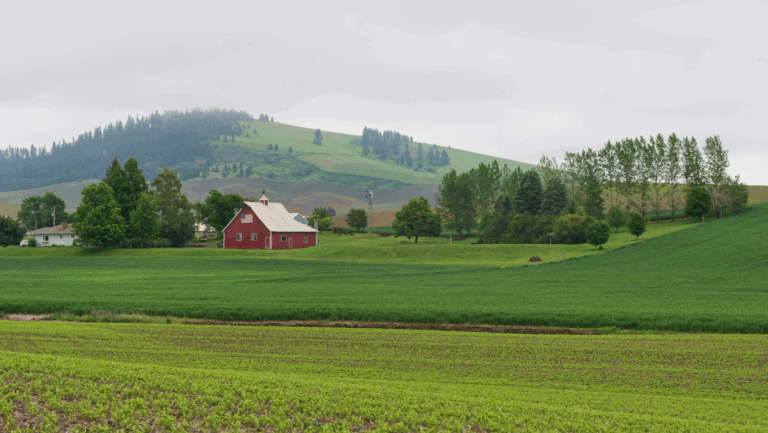New Clean Water Rule May Mean Big Changes for Farmers and Ranchers
Learn more about the changes that may be on the horizon for the Clean Water Act and find out how they could affect the U.S. agriculture industry.
On December 11, 2018, the U.S. Environmental Protection Agency (EPA) and Department of the Army signed a proposed rule that, if approved, would result in the revision of the Clean Water Act, which was first implemented by the George H.W. Bush administration in 1972.
NPR reports that the proposed revisions – a new clean water rule – would change the EPA’s current definition of “Waters of the United States” (WOTUS), established in 2015 by the Obama administration, and limit the types of waterways that fall under federal protection to major waterways, their tributaries, adjacent wetlands, and a few other categories.
According to the Associated General Contractors of America, the proposed changes are intended to “correct the regulatory overreach of the old rule while continuing to protect federal waters,” and the EPA says the new clean water rule would give states more flexibility to determine how to best manage waters within their borders.
Read on to learn more about how the definition of WOTUS may be changing and to find out how the new clean water rule could impact farmers and ranchers across the nation.
WOTUS Definition: Proposed Changes to the Clean Water Act
The new clean water rule differs greatly from the regulation put forth by the Obama administration, which aimed to widen federal clean water protections to include not only those large waterways, but also the smaller streams and tributaries that feed into them.
President Trump has called this “one of the worst examples of federal regulation,” and in one of his first acts as president, he signed an executive order in February 2017 to undo President Obama’s clean water rule and instructed the EPA and the U.S. Army Corps of Engineers to develop a new approach. Under his administration’s proposed rule, the only wetlands that would be federally protected are those adjacent to a major body of water, or ones connected to a major waterway by surface water.
In addition, the new plan would erase protections for ephemeral or intermittent waterways that only flow after precipitation but make up a significant part of the nation’s water systems. An ecological study referenced by the EPA under the Obama administration indicated that nearly 60 percent of all U.S. waterways (and 81 percent of waterways in the American Southwest) are ephemeral or flow seasonally, but the EPA’s acting director, Andrew Wheeler, disputes those figures.
Instead, Wheeler supports the new clean water rule and says changing the definition of WOTUS would “provide states and landowners the certainty they need to manage their natural resources and grow local economies”.
How the New Clean Water Rule May Impact Farmers and the Agriculture Industry
Zippy Duvall, president of the American Farm Bureau Federation, says the new clean water rule “promises to be rooted in common sense” and believes it would protect the country’s water while also providing clear rules for everyone to follow – a win-win situation.
Duvall, along with other supporters, says that changing the definition of WOTUS would positively impact farmers and ranchers. For example, under the existing rule, farmers using land near streams and wetlands are restricted from doing certain kinds of plowing and planting certain crops, and they must apply for permits from the EPA in order to use chemical pesticides and fertilizers that could run into those nearby bodies of water. Because the new rule would lift federal protections from many of those streams and wetlands, those requirements would also be eliminated, giving growers more freedom.
That lack of freedom is what many who support the new clean water rule point to when disputing the Obama-era WOTUS rule; in fact, some believe it prevented property owners from being able to fully use their land because of the rule’s broad definition.
Secure Your Financial Future with AgAmerica Lending
As the agriculture industry continues to evolve, it’s important that you’re prepared for unexpected changes – and having a financial plan in place is a great way to position your operation for long-term success. If you’re ready to discuss the financial future of your farm or ranch, contact our team of experts today.






